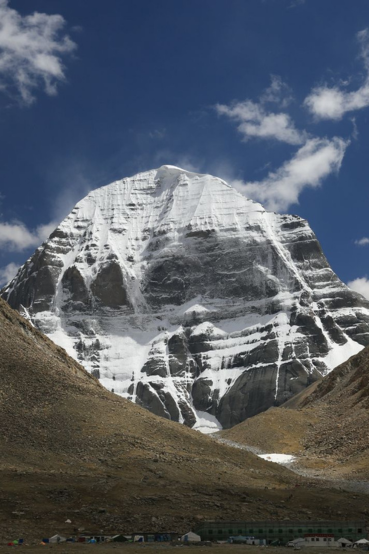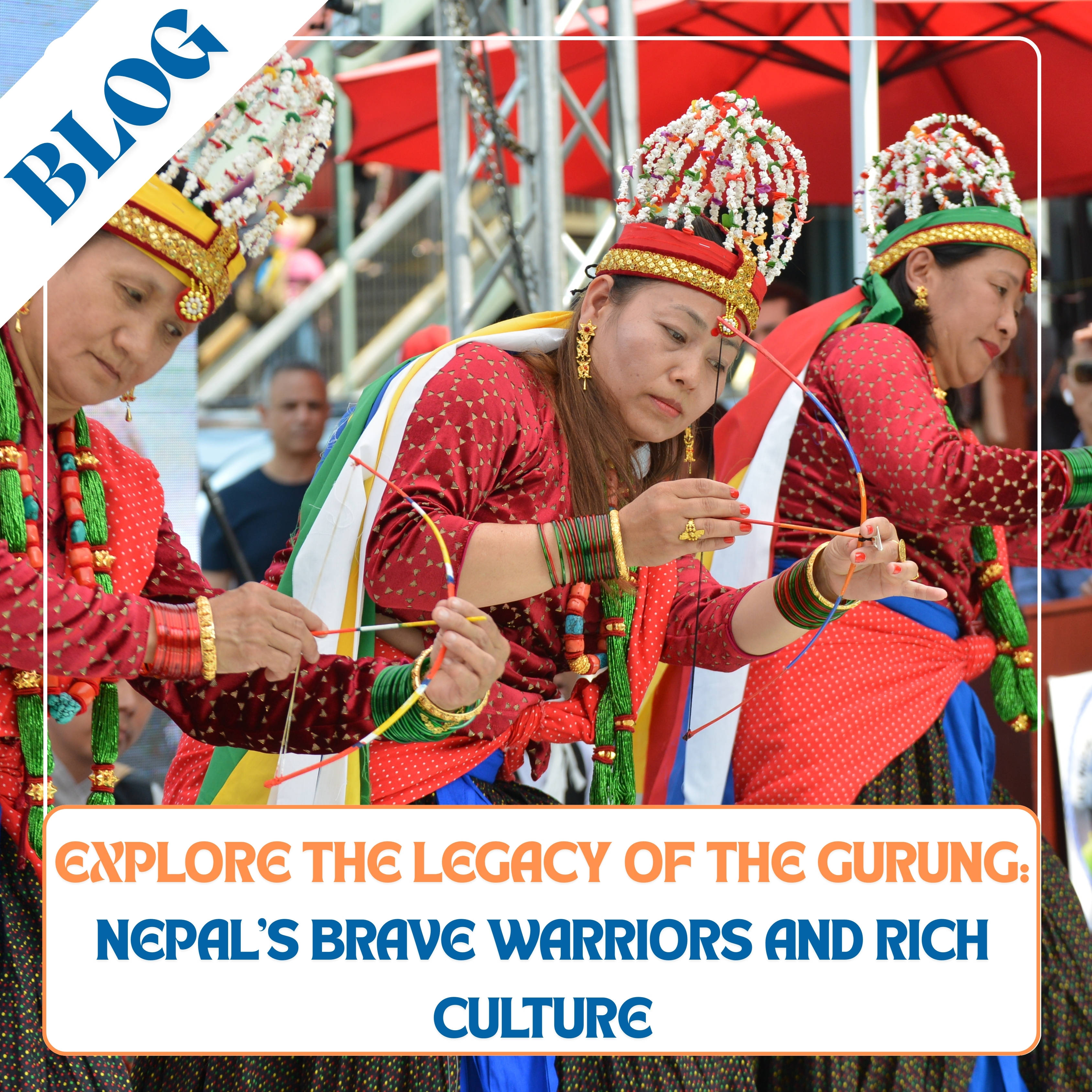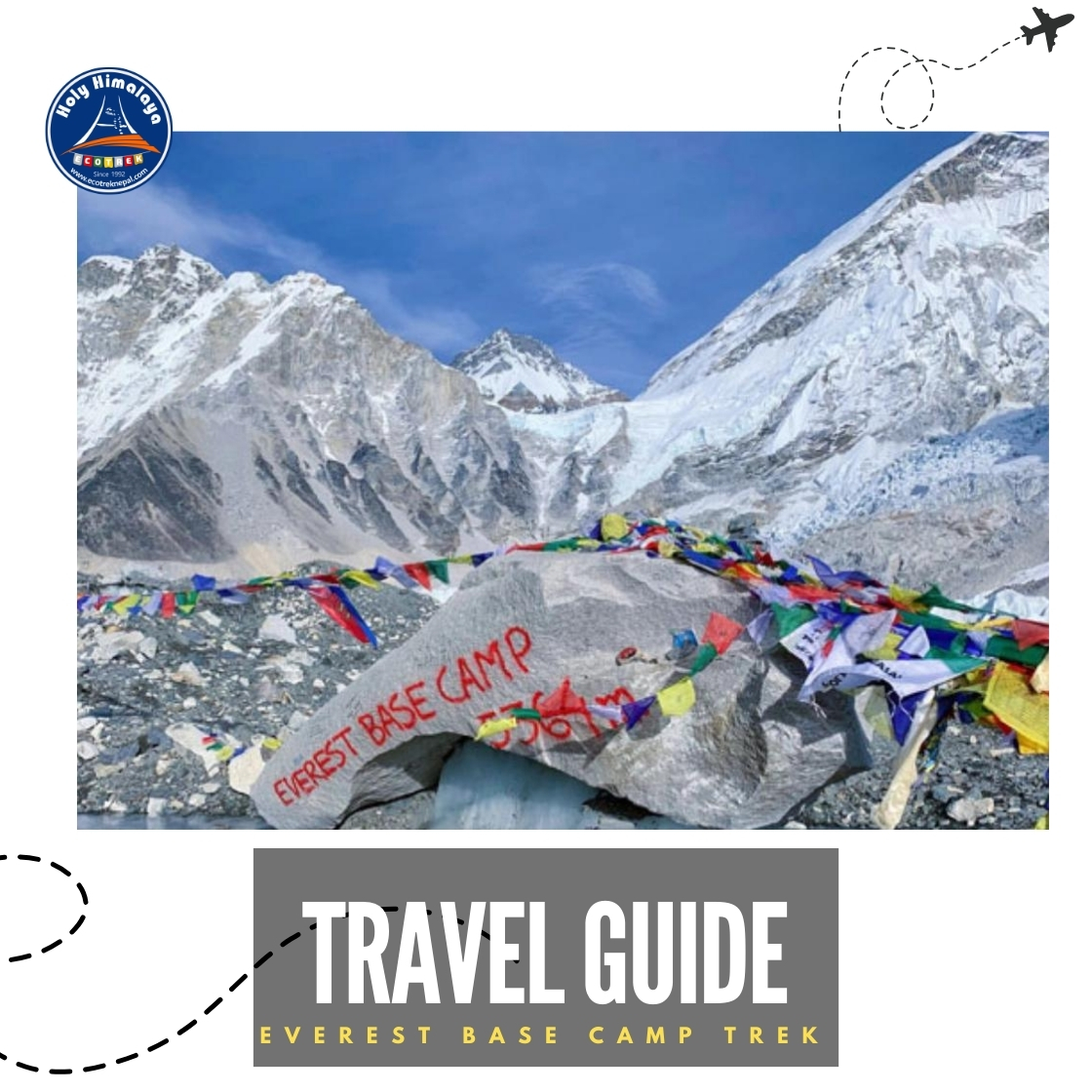Nepal is a country of mosaic ethnicities, amongst which the Gurung people form one of the most striking communities in their spheres. Famed for their bravery, the Gurung people gained lasting prestige for bravery and loyalty when working in the British and Indian armies as Gurkha soldiers. This bravery on the battlefield reflects the strength to preserve a unique cultural heritage. The Gurung community deeply connects with Nepali society and has contributed much to the nation's traditions and economy.
They mostly inhabit central and western Nepal and are famous for their hospitality, typical folk dances such as Ghantu and Sorathi, and an oral history passed down through generations. The Gurung follow Buddhist and animist practices, reflecting a deep spiritual connection with their surroundings. Resilient yet adaptive, the Gurung have kept their identity intact while embracing modernity, which easily fascinates travelers and locals alike with their bright customs and timeless traditions.

A Journey Through History and Culture of Gurung People
The Gurung are one of Nepal's most interesting indigenous groups, and their history is nothing less than an epic adventure. The ethnic group of Gurung originally came from the Qiang people of Qinghai in China. This nomadic group crossed Tibet's rugged terrain through Mustang and Manang valleys. It was this nomadic heritage that brought them to the lush Tamuwan region, where they flourished at the feet of the Annapurna range.
The Gurung community is highly recognized, not only for its ancient settlement history but also for the Gurung Gurkhas' legendary military service. From Mustang Gurung's history to their present living in Annapurna's settlements, rich traditions, vibrant languages, and rituals were carried forward. Be it the Ghantu dances regarding cultural traditions or ancestral roots that connect them with the Tibetan plateaus, the Gurung way of life reflects resilience, adaptation, and colorful heritage.
Today, the culture and heritage of the Gurungs come alive in the Gandaki region of Nepal, their traditions standing tall to relate the story of their rich history.

Exploring the Rich Language and Communication of the Gurung People
It is an interesting language spoken by the Gurungs, who have an enormously great history and culture rooted in both China and Tibet. This language, with a Sino-Tibetan base, is the heartbeat of this vibrant community speaking through thousands not only in Nepal, India, and Bhutan but even overseas, like Singapore and Hong Kong. There are over 325,000 speakers, making it a major part of Gurung culture and heritage.
One of the coolest things about Gurung language is that it is a tonal language, in which one word completely changes meaning depending on the pitch it's spoken with, almost like a song gets carried into everyday conversations. The structure of this language is unique in syllable patterns, specific suffixes, and post-positions.
It is not only the words but respect for elders is conveyed using this language. The addressing system of Gurung people is a big thing in the Gurung culture. Elders are lovingly addressed "bujae" or "bajae", and they address siblings and people younger than them with care: like "agi" for an older brother or "bhaini" for a younger sister.
Be it the Gurung settlements in the Annapurna range or an understanding of the history of the Gurung community in Nepal, the language remains one of the most powerful symbols of identity and connection to their rich history. It is not just a way of communication; instead, it is a living link to the past-from the migration journey of the people from China to Nepal, to the nomadic heritage that the Gurung people possess.
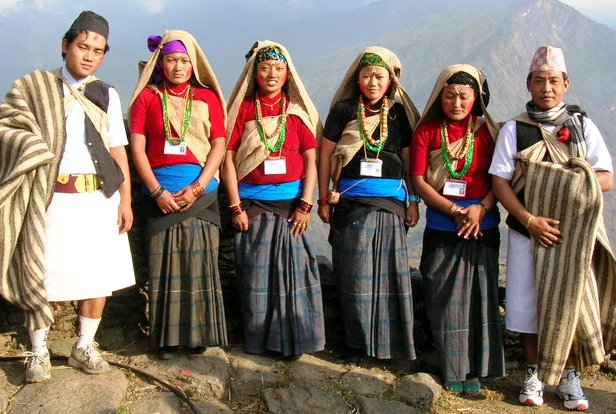
Economic Shifts
The history of the Gurung people is one of the few enlightenment histories among the tribes in Nepal. Their economic activities also changed with time. Traditionally, the Gurungs were mainly animal herders; the most common animals were sheep and cows; rearing them provided meat, milk, and wool. Besides that, grain was produced on a small scale.
Nowadays, their livelihoods are so diversified that most of the Gurung people engage in the military, business, entertainment, farming, and politics. However, these occupational practices have been decreased to a large extent due to the loss of access to pasture lands and increased migration in other cities and towns.
Still, quite some people among the Gurung continue to follow their traditional way of life with elder generations taking a leading role in weaving, spinning, basket making, and childcare so that the younger generations may focus on more strenuous activities.
These new economic activities have been complemented by the remittances sent home by members of the Gurung families working abroad, as an important source of income. They make up quite a significant portion of their total incomes, contributing to the alleviation of poverty within the Gurung community. This flow of money has been essential in keeping the community afloat in an era of rapid change.

Religious Beliefs and Practices
Regarding religion, Gurungs profess an interesting mixture of Hinduism, Buddhism, and animism. The religious set of beliefs of this tribe is very closely related to nature, wherein there exists a belief in kindness and evil-intentioned spirits that control their lives. The Hindu gods, Buddhist rites, and local animistic ways are all harmoniously in a state of coexistence.
The people of Gurung worship Hindu gods at major festivals like Dashain and Holi, although Buddhist ceremonies are highly prominent, especially in the northern parts of their territory. The involvement of Lamas, trained in places like Manang, adds a Buddhist touch to the otherwise mixed religious practices.
Besides the big religions, local deities form some sort of special connection with the people of Gurung. They worship the spirits of the locality at shrines or stone altars, believed associated with rocky outcrops, trees, or caves. They offer rice, flowers, and occasionally animals for blessings in exchange for fertility, health, and prosperity. They believed that these spirits directly affect the state of their health, prosperity, and well-being within the community, and on the other hand, ignoring them brings crop failures, animal diseases, and health problems.
In Gurung culture, evil spirits such as "boot" or ghosts and "prests" or demons are a huge threat. Then there are older women of strong personalities who are witches, and, again, these are feared and commanded respect. Accusations of witchcraft today have been criminalized, but the belief that such spirits have a strong bearing on their lives is part of Gurung's belief.

The Pae Lava Ceremony
One of the most important religious ceremonies in Gurung society is a ritual called the Pae Lava, where the spirit of the dead is guided into the next life. It takes place several years after an individual has died and consists of an elaborate ritual, including the sacrificing of animals, the building of a statue of the dead, and many of the family and friends in attendance.
All major rites are performed by priests, including poju and klebre, assisted by Buddhist Lamas, chanting mantras to conduct the spirit onto the land of the dead. The event is a mix of ritual, grief, and catharsis, offering the living a chance to cope with the loss of loved ones.
Aside from religious observance, the Pae Lava ceremony is also economic and social. From animal sacrifices down to hosting hundreds of guests, the costs may be huge, but most of it is covered by gifts brought by guests. It can be shown here that such a tradition makes people communal because the sharing of loved ones somehow distributes the economic load among families so the wealth will not stay in just one family.
Preserving Cultural Heritage in a Changing World
The Gurung people are continuing with their cultural practices, from ancestral professions to spiritual beliefs. The existence of the Gurung community epitomizes how society can adapt to newly found economic opportunities while still retaining some essence of traditional heritage. From the bustling military presence to the quiet rituals of the Pae Lava, the Gurung people give meaning to a rich tapestry of rooted cultural and spiritual traditions in their daily lives.
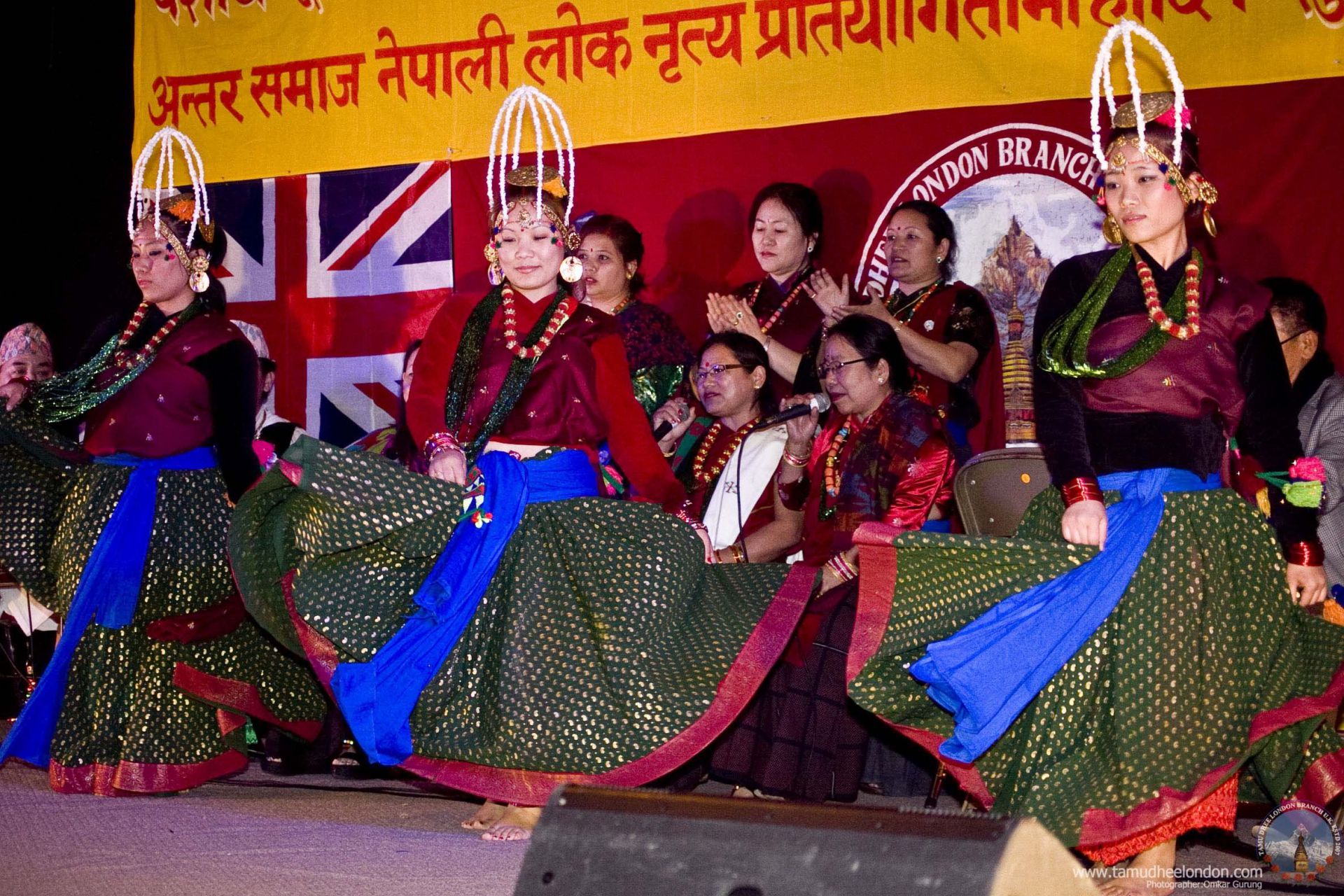
Art and Music in the Gurung Culture
The cultural history of the Gurung people of Nepal, especially in their music, dances, and arts, is in their blood and flesh. Traditionally, Gurung songs were sung in their native language, often focusing on themes of love, even though arranged marriages are the tradition. These songs sometimes turn into playful exchanges where boys and girls tease one another through music.
Nowadays, Nepali pop songs have found a place in their hearts, and jolly dances accompany these modern tunes. At present, however, traditional dances with a small two-stringed viol remain a favorite feature of Gurung life characterized by smooth elegance and micro-movements of hands.
One of the most representative is Garda Sheba, which comes from the south but was taken over by the Gurung. This dance reenacts the legend of a sati who, when her husband, a Thakuri king, died, immolated herself. Traditionally performed between January and March, it consists of two young girls going into a trance, induced by some goddess, as they perform an elaborately choreographed movement to the accompaniment of slow chanting and drumming. Events may go for as long as twelve hours and involve much sightseeing, as the participants are attired in fine traditional costumes and ornaments.
Unfortunately, many of the cultural practices are on their decline. For instance, one can hardly see Garda Sheba in any Gurung village, and Rodi, a traditional gathering where young boys and girls used to get together to sing and dance together, is also hardly practiced today. Rodi was the place where the people would go for socializing, making friends, and enjoying the jolly company of others; it is now slowly being forgotten. Nevertheless, all these traditions are indeed part of Gurung culture.
The Gurungs are traditionally known to be humorous, brave, and lovers of music and dance, which makes celebration a very important part of their lives. Some form of entertainment includes the Dohori geet, a duet folk song sung by men and women, commonly performed at fairs and festivals. Such singing competitions traditionally would last for days at a time, until the loser conceded defeat, but of course, that is much different these days. However, Dohori songs are still enjoyed immensely and often are followed by energetic dancing.
Gurungs also have several other traditional dances. Among them is the famous Sorathi Dance, which describes the story of a king with seven wives and a daughter who is rescued by a fisherman. It is performed between the two festivals, Dashain and Tihar, and it continues up to sixteen days.
Another major dance is the Maruni Dance, starting from Shrawan (July-August), which goes on till Poush (December- January). During this dance, Hindu gods are worshipped by offering ten different kinds of flowers. While the Maruni Dance faces extinction, it has begun the process of revival, particularly among the Ghale Gurung community hailing from Barpak, Gorkha.

Exploring Gurung Culture in Nepal
The different trek options allow you to immerse yourself in the vibrant culture of the Gurung Community and be able to experience their culture and tradition very closely. The Annapurna region, with many villages of Gurungs, provides an ideal place to be with these welcoming people.
Annapurna Base Camp Trek
One of the most memorable excursions around Annapurna Base Camp, besides the awe-inspiring view of the Annapurna massif, is related to the Gurung people. From Pokhara, it leads you through beautiful Gurung villages, where one can enjoy homestays run by local families, go about observing their daily lives, and take part in village festivals.

Poon Hill Trek
The similarly immersive, yet shorter Poon Hill Trek, takes three days in minimum. With the villages of Birethanti, Ulleri, and Ghorepani that have Gurung villages along the way, ample time and opportunities will be available to communicate with locals and explore the local way of life.

Mardi Himal Trek
Other five-day explorations include the Mardi Himal Trek through the remote Gurung villages of Kande, Deurali, and Siding, where one is introduced deeper into Gurung culture. You will be able to experience the traditional architecture, dress, and hospitality of the Gurung here.

Annapurna Circuit Trek
The trekking route of the Annapurna Circuit is a unique opportunity to be in contact with different cultural groups including the Gurung people, Magars, Brahmins, and Thakalis. Each group brings its rich traditions and ways of life to the region.

Tilicho Lake Trek
Compared to other treks, this Tilicho Lake Trek is a bit more challenging and far-reaching, in that one can venture into the culture of the Thakali people who are very hospitable and renowned for their good food. This trek also brings one to the Muktinath Temple, a very important pilgrimage place for Hindus and Buddhists alike.

Gurung Festivals
Tamu Lhosar is one of the most important festivals among many that the Gurung people celebrate. Tamu Lhosar falls in the month of Poush, around the 30th of December, marking the beginning of the New Year for Gurungs. Besides that, it signals the beginning of spring. It is feasting, dancing, and community gatherings with every one of them sharing in joyful celebration. It is a festival that echoes the harmony between the Gurung people and the nature around them.
Another famous celebration, Toho Tehn-a ritual three times a year to keep evil spirits at bay. Young boys, in their best attire, drumming, and cymbal-beating with incense, continue in a boisterous and colorful procession through the village. This event should purify the community and save it from any misfortune.
Dashain, although a Hindu festival, has formed an intrinsic part of Gurung culture. This ten-day October-November festival is about family reunions, prayers, and blessings and is an important constituent of the Gurung cultural calendar.
Visiting Gurung villages during these festivals will show you in greater detail the richness of their cultural heritage, which still prospers amidst the hustles and bustles of modern lives.

Cultural Practices and Traditions of the Gurung People
Cross-Cousin Marriage
One of the Gurung people's most noteworthy cultural traditions is cross-cousin marriage. In marked contrast to many Hindu cultures, in which cousin marriage is prohibited, Gurung tradition favors the marriage of cross-cousins: a boy may marry his maternal uncle's daughter (matrilateral), or a girl may marry her paternal aunt's son (patrilateral). This practice emanates from a belief that such unions reinforce family ties and guarantee lineage sustainability.
Among the Gurungs, marriages are traditionally arranged through family negotiations or sometimes by elopement. In arranging a cross-cousin marriage, the services of a mediator are used to approach the bride's family for discussions regarding potential union details. After acceptance and confirmation through horoscope compatibility, the groom's family sends a gift of liquor to the bride's family called Pung as a pledge. If the gift is accepted, the engagement is said to be successfully done. This kind of marriage is very simple, without any long religious rituals. It focuses on marking the official beginning of life together for the two people.
But cross-cousin marriages are also very well practiced among other ethnic communities of Nepal, particularly the Tamang, Magar, Thakali, and Chhantyal communities.
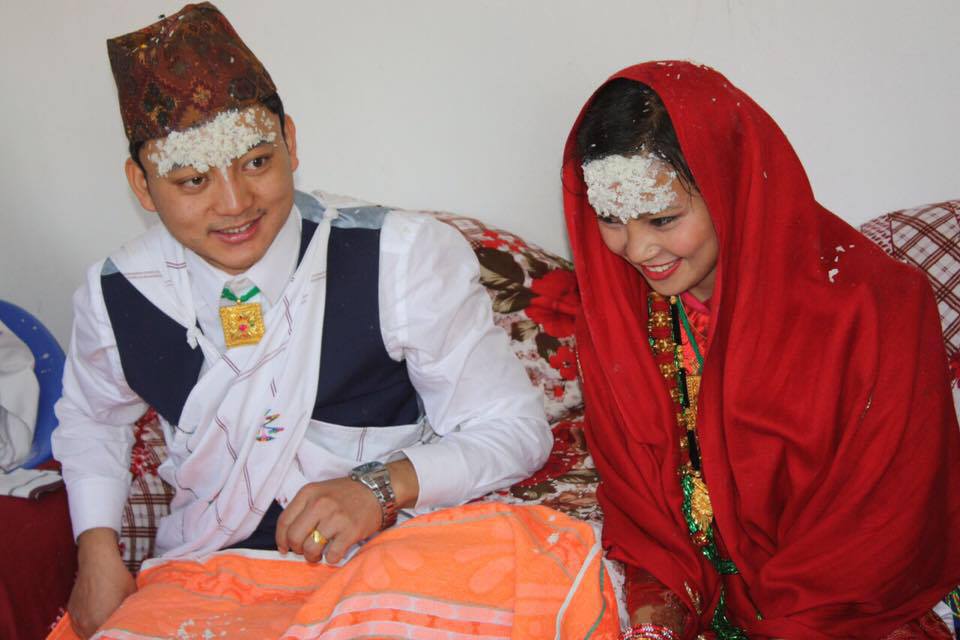
Putpute (Pulpule) Ceremony
Another important cultural tradition among the Gurung people is the Putpute ceremony, better known as purple, a rite of passage to be performed on the eldest male child in the family. It takes place at the age of two and is arranged by the child's maternal uncle. The main purpose of the ceremony is to honor their family patron deity or clan god.
Putute is a time when all family and community members come together to bless the child with various gifts. This is a token of good wishes for the future. The singing and dancing lend a vibrant yet festive atmosphere to this occasion. It culminates into a great feast with many types of foods and drinks that bring loved ones and community members into solidarity with one another in celebration of this important milestone in this young boy's life.
Gunyo-Choli Ceremony
The Nea Bimba of Tamu culture or Gunyo-choli is one of the most significant events in the life cycle of a Gurung girl. This marks her passage into womanhood and is one of the most awaited days for the girl as well as her family. This is a rite of passage where she is tutored with the roles expected to be played by a woman in the Gurung society.
The transition is highlighted by the coming together of family and community, while the young girl learns about the life cycle. Referred to as Hya Kai in Tamu, this knowledge is passed on through songs and stories, emphasizing the linkage between the lifecycle of human beings and nature. This is followed by a feast where the new status of the young woman in society is celebrated and congratulated. This ceremony shows respect on the part of the Gurung community toward tradition and the passing on of wisdom from generation to generation.

The Gurungs of Nepal are one of the most gallant nations, known worldwide as Gurkha soldiers. Their culture is deeply positioned in history, language, and traditions. Their close attachment to the Annapurna region and the pulsating practices of folk dances, religious ceremonies, and festivals perform the resilience and adaptability of the people. Economic changes and modern influences have in no way deterred the Gurungs from clinging to this identity of their language, culture, and religiosity.
The cultural richness besides the hospitality of the Gurung community creates this a lifetime experience in the Annapurna region for trekkers. Joining the camp at Annapurna Base Camp, Poon Hill, or Mardi Himal treks will put the visitor right into the heart of Gurung culture, with village life, festivals such as Tamu Lhosar, and the hospitality that marks this resilient community. It is the rich, long-standing traditions of the Gurung people, together with their real hospitality, which have associated it with a cultural experience that enriches every trek in the Annapurna region and gives a mark to last for generations within which a guest may visit.


